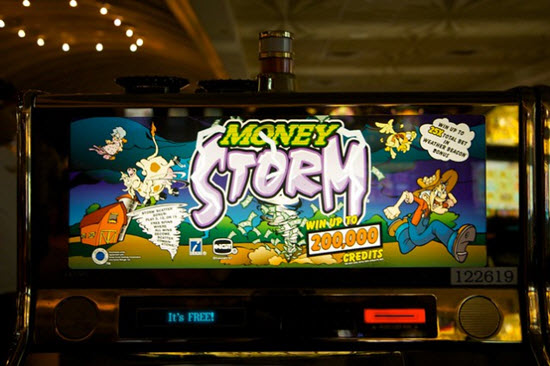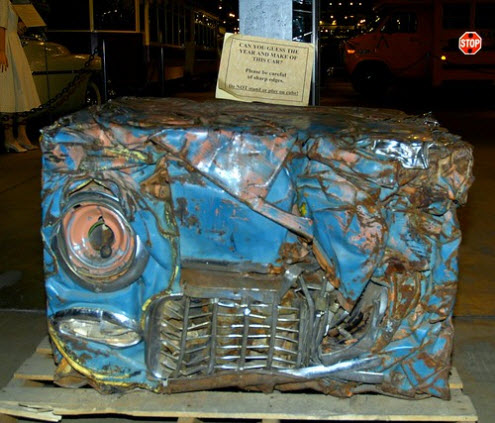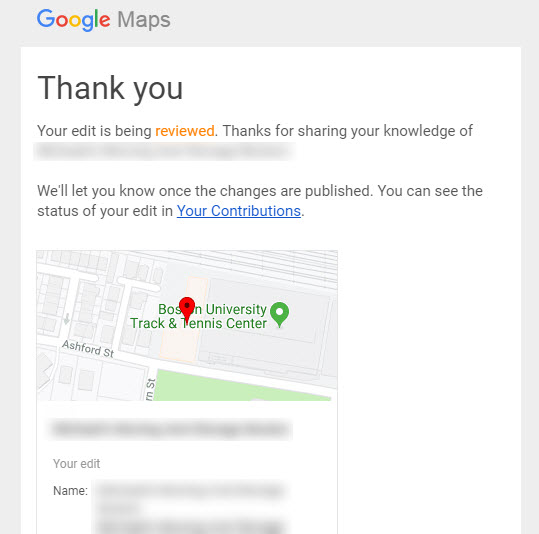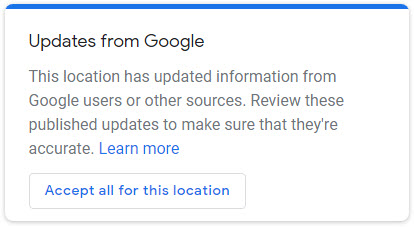In what is at least a test, Google now asks Google Maps reviewers to select attributes they like about the business they’re reviewing. When I went to post a review yesterday, Google asked how I liked the “Quality,” “Value,” “Responsiveness,” and “Punctuality” of the business.

I haven’t been able to replicate that for other businesses, including for other businesses I’ve reviewed since that review. So I also don’t know whether there are other attributes (e.g. “Reputation,” “Convenience,” etc.) that may show up under the “What Do You Like About This Place?” header, or why certain prompts might show up for one business and not the other. I’ll need to see more to say more.
The prompts are very Yelp-like. For many years Yelp has asked reviewers structured questions like those (e.g. “Price” or “Good for Groups”). Google could use that info in all kinds of ways, most obviously in the search filters in Google Maps. It’s also possible that Google doesn’t care much whether reviewers click the attributes, as long as they see the prompts. In that way, maybe Google simply wants reviewers to sprinkle in more crunchy bits of detail.
Regardless of whatever way(s) Google wants to use those prompts, it’s probably a good idea to have your reviewers spoon-feed that stuff to Google.
Then there’s the “Tip: Let others know about the service” prompt, which may be a test or a new feature. Thanks to Colan Nielsen for the intel (see his comment) and for the screenshot.

—
Have you seen the “What Do You Like About This Place?” questions when you post a Google review? If so, when did you first notice it?
Any theories on how Google is most likely to use reviewers’ answers to those questions?
Leave a comment!















